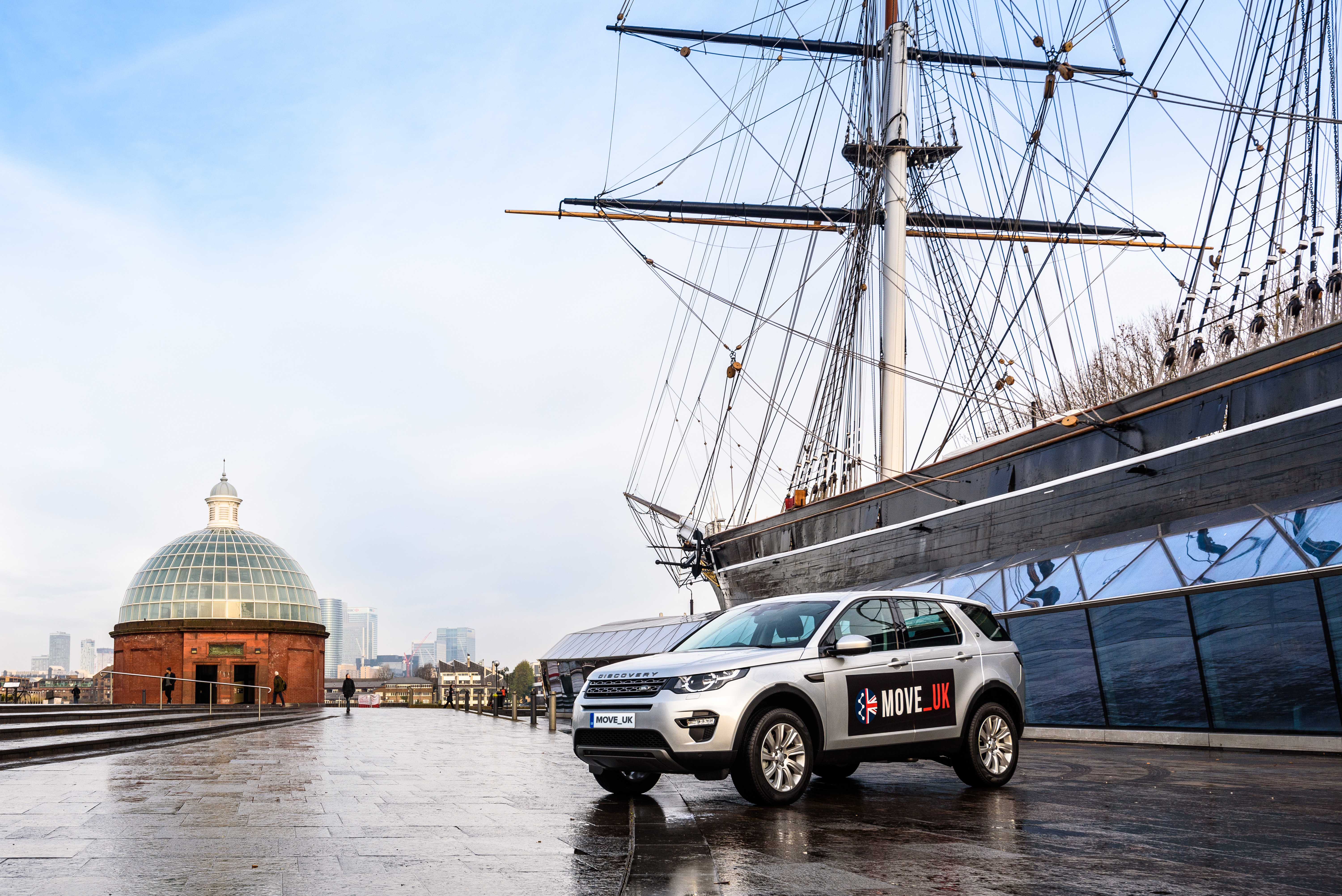
The technique has been developed through the Bosch-led Move_UK initiative, a three year long government funded project (launched in 2016) that also involves Jaguar Land Rover; Telematics specialist The Floow; the Transport Research Laboratory (TRL); Direct Line insurance and the Royal Borough of Greenwich.
During the trials, which have now completed their final phase, a fleet of five conventionally driven, but heavily instrumented, Land Rover vehicles completed 8500 hours of driving around the streets of Greenwich in South East London gathering data on how human drivers and autonomous systems - decoupled from the operation of the car but running along quietly in the background - react to a range of different driving events.
One of the key innovations was the development of an event based triggering approach, meaning that rather than recording everything, the system is only triggered by particular events such as harsh braking.
Because the data harvested in this way is more manageable than that gathered using conventional techniques it can be fed back via either Wi-Fi or 3G to a cloud-based system for instant analysis.
Project manager, Bosch engineer Simon Morley, said that the consortium’s approach is up to 3000 times less data intensive than traditional methods, and that it represents a far more efficient way to test automated driving technologies than more conventional approaches.
To give a sense of this, during 8500 hours of driving, just 450 highly relevant “event-triggered” video sequences were recorded. This amounted to around 150 minutes of video footage.
There were four trigger conditions for event recording to take place: Driver Harsh Braking; Advanced Emergency Braking; Cut-Ins (triggered whenever a vehicle cut in front of the MOVE_UK vehicle) and Sur-Cross (collection of data about surrounding vehicles in order to study and understand how the ego-vehicle enters an intersection or roundabout and merges into traffic). For this location-based triggering was used, whenever the vehicle entered / exited a pre-defined location, it triggered an event recording.
Morley said that whilst both Bosch and JLR now plan to apply the process to their own development of next generation driver assistance systems the methodology developed during the project will also help insurers, regulators and government pave the way for the widespread adoption of driverless vehicles.
The consortium’s approach is up to 3000 times less data intensive than traditional methods
Key findings made during the project included insights into how the environment encountered by autonomous systems will be shaped as much by human behaviour as it is by the physical environment.
“Mobile sensors can pick up other vehicles around and understand wider behaviour across the entire network to understand normalised behaviour that feed back into the development of autonomous technology, explained Sam Chapman, from The Floow.
According to consortium partner Dan Freedman from Direct Line, such insights will be critical to shaping the future understanding of insurance. “The idea of using connected car data to understand risk and liability really is possible,” he said. “This project has given us a window into what the future can look like, it’s a call to action to the insurance industry to start thinking about how we use data to understand risk.”
Another consortium partner, Trevor Dorling – Director at Digital Greenwich (the local authority’s in-house smart city team) said that the project has also provided some fascinating insights into how connected vehicles could be used to improve road infrastructure. “It’s very helpful to know if a traffic sign is being blown around in the wind,” he said. “Can the collection of this data be made productisable and made available to routinely to local authorities?”
Ultimately, said TRL Academy Director Richard Cuerden, if driverless cars are to make it into the mainstream sooner rather than later the adoption of a coherent methodology will be essential, and the Move_UK project takes us a step closer to that situation.
“There will be point in the future where we’ll have [these] vehicles on the road in London and the people developing those technologies - and the people making decisions about whether it’s safe to go on the roads or not and insure them - are using the same methodology to start to make that judgement. The simpler we can make any of these really complicated activities the further we progress to getting these things on the road.”




Poll: Should the UK’s railways be renationalised?
I think that a network inclusive of the vehicles on it would make sense. However it remains to be seen if there is any plan for it to be for the...